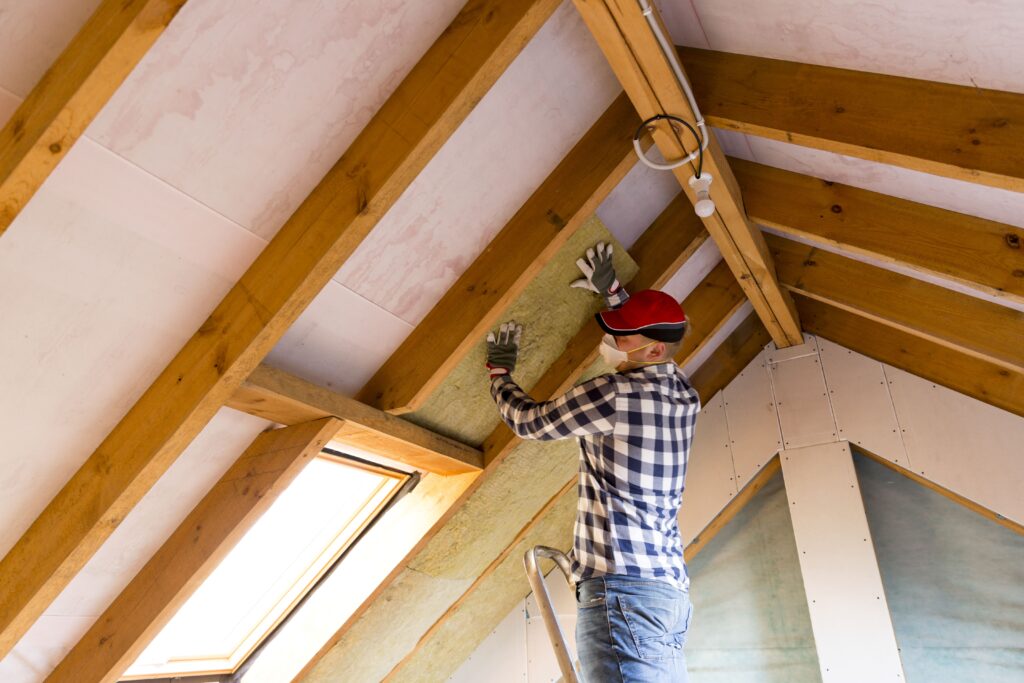Creating an innovative and practical kitchen design goes beyond aesthetics; it involves a blend of functionality, efficiency, and personalization to make the culinary environment as enjoyable as it is practical. A well-thought-out kitchen can make cooking and cleaning easier, enhance the use of space, and even improve the overall experience for both beginners and seasoned chefs. One of the key features of a modern, practical kitchen is an open-plan layout. This type of design allows for a fluid connection between the kitchen and living areas, promoting social interaction while cooking. With a well-positioned kitchen island at the heart of the space, it becomes a multipurpose hub – a prep station, a casual dining area, and even a spot for socializing while cooking. This island can also include built-in appliances like a cooktop or sink, optimizing space and creating a seamless workflow. In terms of maximizing space, incorporating smart storage solutions is essential.
Pull-out shelves, deep drawers for pots and pans, and built-in cabinetry that utilizes vertical space can make a significant difference in organizing the kitchen. A pantry with pull-out racks or a lazy Susan for spices and small ingredients ensures everything is within reach but remains neatly tucked away. Additionally, cabinets that extend all the way to the ceiling offer extra storage without taking up more floor space. Innovative drawer dividers and adjustable shelving allow for flexible storage that adapts to changing needs. Another practical design element in modern kitchens is the incorporation of high-end, energy-efficient appliances. For example, induction cooktops provide faster heating and more precise control than traditional gas or electric stoves, while built-in refrigerators, dishwashers, and ovens can integrate seamlessly with the Kitchen design in Winchester. Smart appliances that can be controlled via apps add an extra layer of convenience, enabling the user to monitor or adjust settings remotely, whether it is preheating the oven or managing the dishwasher cycle.
Lighting is another critical component that can make a kitchen both practical and visually appealing. A combination of ambient, task, and accent lighting allows the space to be flexible and adaptable to different activities. Under-cabinet lighting is great for task illumination when chopping or reading recipes, while pendant lights over the kitchen island can add character and warmth to the space. Energy-efficient LED lights provide long-lasting brightness without wasting energy, which is both cost-effective and eco-friendly. Materials also play a significant role in creating a functional and stylish kitchen. Countertops made from durable materials like quartz or granite provide both elegance and resilience. These materials are easy to maintain, stain-resistant, and long-lasting, making them ideal for high-traffic kitchen environments. Incorporating eco-friendly materials, such as bamboo flooring or recycled glass tiles, can also contribute to a sustainable kitchen design while adding a modern touch. Finally, integrating technology in the kitchen enhances both practicality and luxury.
 Reputable insulation providers offer warranty coverage and periodic inspections to address any issues that may arise over time. By standing behind their workmanship and providing peace of mind to homeowners, they reinforce trust and loyalty within the community. In addition to its practical benefits, attic insulation excellence aligns with broader environmental and sustainability objectives. By reducing energy consumption and greenhouse gas emissions, homeowners contribute to mitigating climate change and preserving natural resources. This virtuous cycle of efficiency and stewardship reflects a commitment to both present comfort and future generations’ well-being. Moreover, investing in attic insulation service excellence can enhance the overall value of your home. In today’s increasingly eco-conscious market, energy-efficient features are highly sought after by prospective buyers. By demonstrating a commitment to sustainability and responsible home ownership, you not only enjoy immediate benefits but also position your property in the real estate landscape. By partnering with experienced professionals who prioritize quality, transparency, and customer satisfaction, homeowners can elevate their living spaces to new heights of comfort, efficiency, and environmental stewardship.
Reputable insulation providers offer warranty coverage and periodic inspections to address any issues that may arise over time. By standing behind their workmanship and providing peace of mind to homeowners, they reinforce trust and loyalty within the community. In addition to its practical benefits, attic insulation excellence aligns with broader environmental and sustainability objectives. By reducing energy consumption and greenhouse gas emissions, homeowners contribute to mitigating climate change and preserving natural resources. This virtuous cycle of efficiency and stewardship reflects a commitment to both present comfort and future generations’ well-being. Moreover, investing in attic insulation service excellence can enhance the overall value of your home. In today’s increasingly eco-conscious market, energy-efficient features are highly sought after by prospective buyers. By demonstrating a commitment to sustainability and responsible home ownership, you not only enjoy immediate benefits but also position your property in the real estate landscape. By partnering with experienced professionals who prioritize quality, transparency, and customer satisfaction, homeowners can elevate their living spaces to new heights of comfort, efficiency, and environmental stewardship.